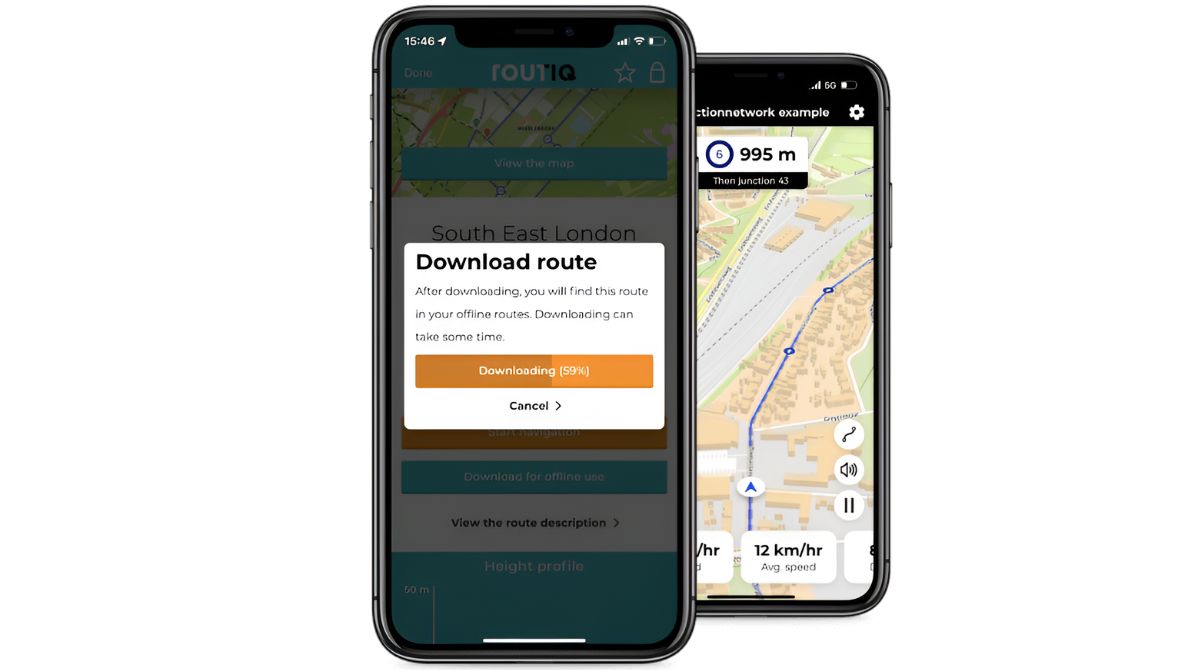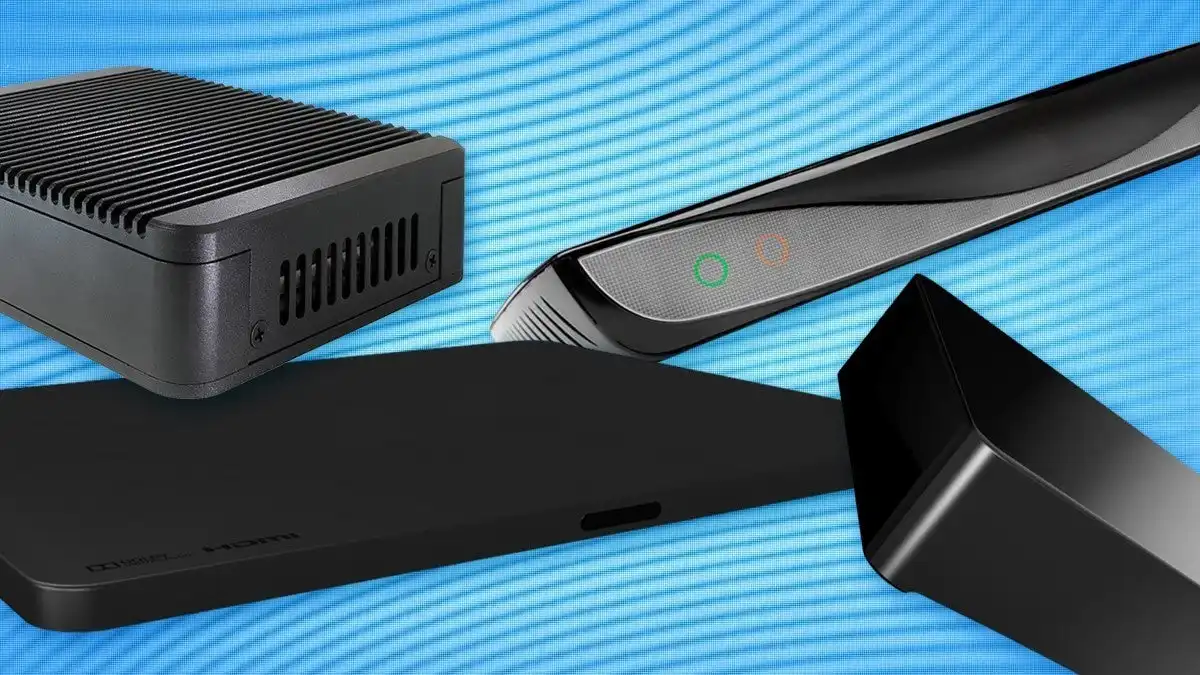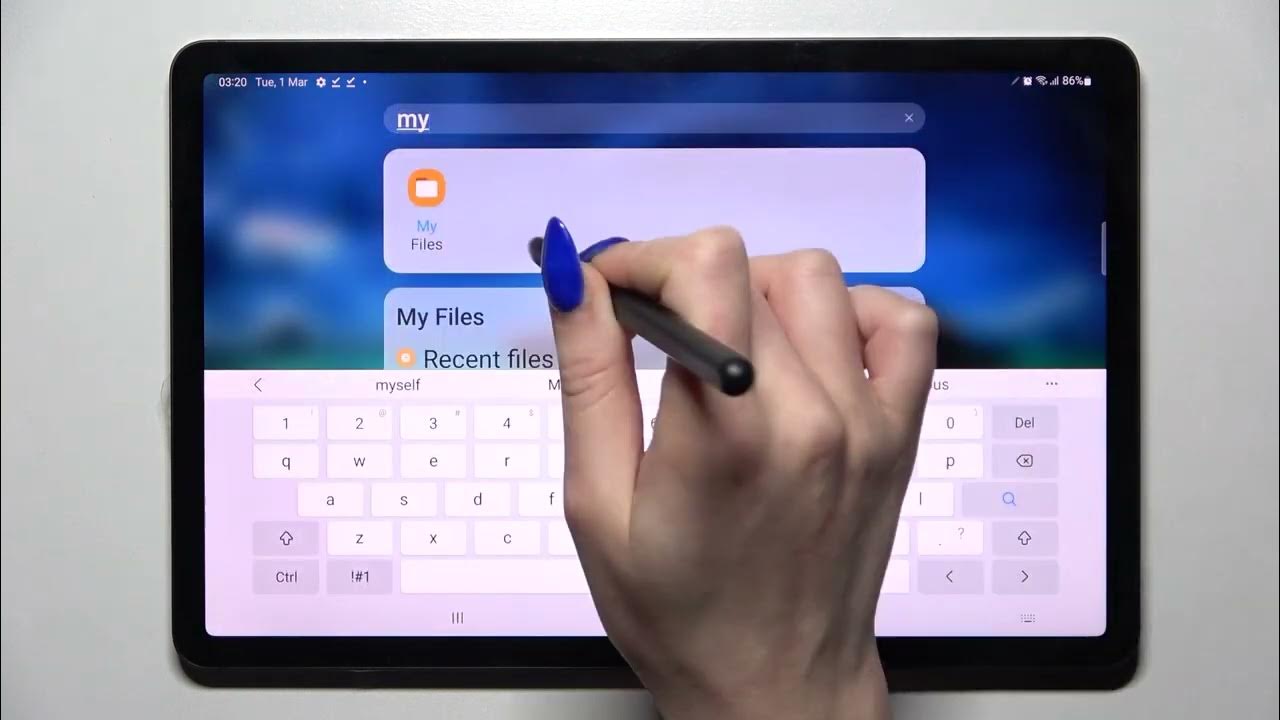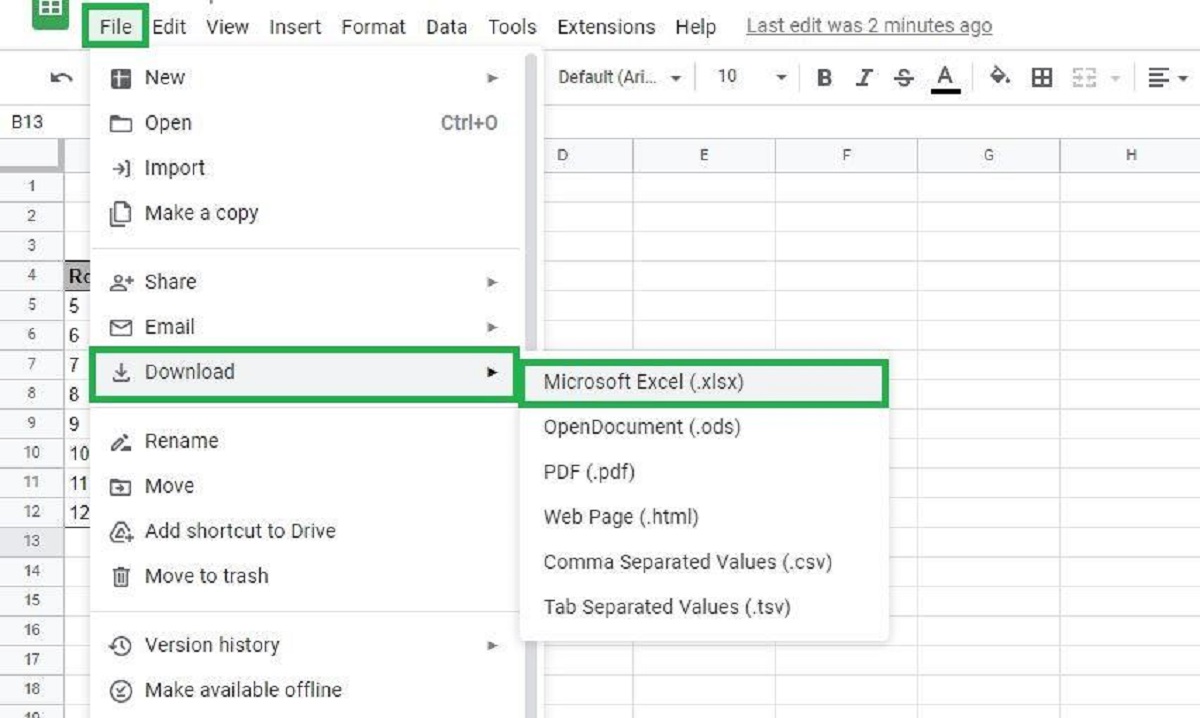Introduction
Welcome to the world of GPX files! If you’re an outdoor enthusiast, adventurer, or simply someone who loves exploring new places, then you’ve probably come across the term “GPX” at some point. But what exactly is a GPX file and why would you want to download it?
GPX, short for GPS Exchange Format, is a type of file that stores geographic data such as waypoints, tracks, and routes. It is a universal format that can be used with various GPS devices, mapping software, and mobile apps. GPX files contain detailed information like longitude, latitude, elevation, and even timestamps, making them a valuable resource for navigation, route planning, and sharing outdoor experiences.
Now, you might be wondering why you would want to download GPX files. The answer is simple: they can enhance your outdoor adventures and exploration in numerous ways. Whether you’re planning a hiking trip, a camping excursion, a bike ride, or even just a scenic drive, downloading GPX files can provide you with valuable data and help you navigate your chosen route with ease.
In the following sections, we will explore different methods to download GPX files. From websites that offer pre-made GPX files for popular trails and destinations, to creating your own GPX files using GPS devices or smartphone apps, there are various ways to get your hands on these valuable resources. Additionally, we’ll also cover how to download GPX files from online communities and forums, as well as converting other file formats to GPX.
What is a GPX file?
A GPX file, which stands for GPS Exchange Format, is a standardized XML file format used to store and share geographic data. It was developed as a universal format for GPS devices, mapping software, and mobile apps to exchange GPS-related information.
A GPX file typically contains information such as waypoints, tracks, and routes. Waypoints represent specific points of interest, such as landmarks, campsites, or trailheads. Tracks are a series of points that form a continuous path, representing a recorded route or tracklog. Routes, on the other hand, are predefined paths or instructions to navigate from one point to another.
Each point within a GPX file is accompanied by attributes, including latitude, longitude, elevation, timestamp, and additional information such as name, description, and symbol. This data is crucial for accurate positioning and navigation, and it allows for the visual representation of the route or track on a map.
The GPX file format is widely supported by various GPS devices, mapping software, and mobile apps. This means that you can use GPX files with different devices and platforms, regardless of the brand or operating system. It gives you the freedom to download, share, and use GPX files across different platforms and applications.
One of the notable advantages of GPX files is their versatility. They can be used for a wide range of outdoor activities, including hiking, biking, trail running, geocaching, boating, and more. Whether you’re planning a multi-day backpacking trip, exploring a new cycling route, or simply going for a day hike, GPX files can provide valuable information to enhance your outdoor experience.
Furthermore, GPX files have become an integral part of online communities and platforms dedicated to outdoor activities. Users can upload and share GPX files of their favorite routes, trails, and adventures, allowing others to follow in their footsteps and explore new places. This creates a vibrant and collaborative environment where outdoor enthusiasts can exchange information, discover new routes, and connect with like-minded individuals.
In the next sections, we will explore different methods to download GPX files, enabling you to access a wealth of geographical data and enhance your outdoor adventures.
Why would you want to download GPX files?
Downloading GPX files can greatly enhance your outdoor experiences and provide numerous benefits for your adventures. Here are a few compelling reasons why you might want to download and use GPX files:
1. Navigation: GPX files can serve as a virtual breadcrumb trail, guiding you along a specified route or track. By downloading and using GPX files, you can ensure accurate navigation, even in unfamiliar territory or remote areas. Whether you’re hiking, biking, or driving, having a GPX file at hand can help you stay on course and reach your destination safely.
2. Route Planning: GPX files can provide valuable information on existing routes and trails. By downloading GPX files of popular or well-established routes, you can quickly and efficiently plan your own adventures. These files often contain waypoints, elevation profiles, and other details that help you gauge the difficulty of the route and plan for any potential challenges.
3. Offline Access: Many mobile apps and GPS devices allow you to import GPX files and use them offline. This is especially useful in areas with limited or no cellular coverage. By downloading GPX files in advance, you can have access to critical navigational information without relying on an internet connection.
4. Discovering New Trails: GPX files shared by other outdoor enthusiasts can introduce you to new trails and hidden gems. By downloading GPX files from online communities, forums, or websites dedicated to outdoor activities, you can explore routes that may not be well-known or documented in mainstream sources. It’s a wonderful way to discover off-the-beaten-path adventures and expand your outdoor horizons.
5. Recording and Sharing Your Adventures: Creating GPX files using GPS devices or smartphone apps allows you to record your own adventures and share them with others. By downloading your own GPX files, you have a record of your journeys, including the route taken, distance covered, and elevation changes. Sharing your GPX files with friends, family, or the wider outdoor community can inspire others to explore new places and embark on their own adventures.
These are just a few reasons why downloading GPX files can greatly enhance your outdoor experiences. Whether for navigation, route planning, discovering new trails, or recording your adventures, GPX files are a valuable resource that can unlock a world of exploration and enjoyment.
Method 1: Downloading GPX files from a website
One of the easiest and most straightforward methods of obtaining GPX files is by downloading them from websites that offer a wide range of routes and trails. These websites are dedicated to outdoor activities and provide a platform for users to share their GPX files with others. Here’s how you can download GPX files from a website:
1. Research and choose a reliable website: Start by researching and identifying websites that specialize in providing GPX files for various outdoor activities. Look for websites that have a good reputation, positive user reviews, and a wide selection of routes for your preferred activity.
2. Browse and select your desired route: Once you’ve found a suitable website, browse through their collection of routes and trails. Use filters and search options to narrow down the results based on location, difficulty level, or specific criteria that align with your preferences.
3. Read route descriptions and reviews: Take the time to read route descriptions, reviews, and user comments to get a better understanding of the route’s characteristics, highlights, and potential challenges. This will help you choose a route that aligns with your skill level and interests.
4. Download the GPX file: When you’ve found a route that interests you, look for a download button or a link to the GPX file associated with that route. Click on the download option to save the GPX file to your computer or mobile device.
5. Transfer the GPX file to your GPS device or mobile app: Once the GPX file is downloaded, transfer it to your GPS device or a compatible mobile app. Connect your device to your computer using a USB cable or transfer the file wirelessly via Bluetooth or Wi-Fi, depending on the capabilities of your device.
6. Import and use the GPX file: Once the GPX file is transferred to your device or mobile app, import it according to the instructions provided. The process may vary depending on the device or app you are using, but typically there will be an option to import or upload the GPX file. Once imported, you can access the route or track on your device and navigate along it.
Downloading GPX files from websites is an excellent way to access a wide variety of routes and trails. It provides you with the convenience of finding well-documented and popular routes that have been shared by experienced outdoor enthusiasts.
Remember to respect the terms and conditions of the website you are downloading from, and consider leaving a review or feedback for the routes you’ve enjoyed to help other users in their outdoor adventures.
Method 2: Creating GPX files using GPS devices or smartphone apps
If you want to create your own GPX files to document your adventures or share your favorite routes, you can easily do so using GPS devices or smartphone apps. This method allows you to record your tracks and waypoints as you explore new places. Here’s how you can create GPX files using GPS devices or smartphone apps:
1. GPS Devices:
If you have a dedicated GPS device, such as a handheld GPS unit or a GPS-enabled watch, you can use it to create GPX files. Follow these steps:
a. Activate track recording: Before you start your adventure, ensure that the track recording feature is enabled on your GPS device. This will allow the device to record your movement and create a track as you explore.
b. Start your adventure: Once the track recording is activated, start your activity, whether it be hiking, cycling, or any other outdoor pursuit. The GPS device will record your location at regular intervals, creating a detailed tracklog.
c. Save the GPX file: Once you finish your adventure, save the tracklog as a GPX file on your GPS device. Depending on the model of your GPS device, the steps to save the file may vary. Refer to your device’s manual or interface for precise instructions.
2. Smartphone Apps:
If you prefer to use your smartphone for outdoor activities, there are numerous apps available that allow you to create GPX files. Here’s how you can create GPX files using smartphone apps:
a. Install a GPX recording app: Search for and install a GPX recording app from your phone’s app store. There are several options available, both for iOS and Android devices. Some popular apps include Gaia GPS, ViewRanger, and AllTrails.
b. Launch the app and start tracking: Open the app and start the track recording feature before you begin your adventure. Make sure the app has the necessary permissions to access your device’s GPS and location services.
c. Record your adventure: Once the tracking feature is active, start your activity and let the app record your movement. As you explore, the app will continuously save waypoints and create a tracklog of your journey.
d. Save or export the GPX file: Once you’re done with your adventure, stop the track recording and save or export the tracklog as a GPX file within the app. Most apps provide an option to export the GPX file directly from the app or share it via email or cloud storage services.
Creating GPX files using GPS devices or smartphone apps allows you to document and share your adventures with others. You can use these files to revisit favorite routes, share your experiences with friends, or contribute to online communities dedicated to outdoor activities.
Remember to keep your GPS devices or smartphones fully charged and have a backup power source available for longer adventures. Additionally, ensure that you are familiar with the features and functionalities of your devices or apps to make the most of this method.
Method 3: Downloading GPX files from online communities and forums
Online communities and forums dedicated to outdoor activities are treasure troves of valuable information, including GPX files shared by fellow outdoor enthusiasts. These platforms provide a vast collection of user-generated GPX files for various routes, trails, and adventures. Here’s how you can download GPX files from online communities and forums:
1. Research and join outdoor communities and forums: Start by researching and identifying reputable online communities and forums that cater to your specific outdoor interests. Look for active communities that have a substantial user base and a dedicated section or thread for sharing GPX files.
2. Browse and search for GPX files: Once you join the community or forum, navigate to the section or thread where GPX files are shared. Use the search function or browse through the existing posts to find GPX files suitable for your preferred activity, location, or difficulty level.
3. Check user ratings, reviews, and comments: Before downloading a GPX file, take a moment to check for user ratings, reviews, and comments. This feedback can provide valuable insights into the accuracy, quality, and usability of the GPX file. Look for files that have positive reviews and comments from users who have successfully used them.
4. Download the GPX file: When you find a GPX file that meets your requirements, look for a download link or attachment associated with that file. Click on the link or download the attachment to save the GPX file to your computer or mobile device.
5. Transfer the GPX file to your GPS device or mobile app: Once the GPX file is downloaded, transfer it to your GPS device or a compatible mobile app. Connect your device to your computer using a USB cable or transfer the file wirelessly via Bluetooth or Wi-Fi, depending on the capabilities of your device.
6. Import and use the GPX file: Import the GPX file according to the instructions provided by your GPS device or mobile app. This typically involves accessing the import function within the device or app settings and selecting the downloaded GPX file. Once imported, you can access the route or track on your device and navigate along it.
Downloading GPX files from online communities and forums allows you to tap into the knowledge and experiences of fellow outdoor enthusiasts. These files are often created by individuals who have firsthand experience with the routes and trails, offering valuable insights and accurate information.
Remember to contribute to the community by sharing your own GPX files or providing feedback on the ones you’ve downloaded. This creates a supportive environment where adventurers can help each other discover and enjoy the great outdoors.
Method 4: Converting other file formats to GPX
Sometimes, you may come across outdoor data files in formats other than GPX, such as KML (Keyhole Markup Language) or CSV (Comma-Separated Values). Fortunately, you can easily convert these files to GPX format using various online tools or software. Here’s how you can convert other file formats to GPX:
1. Identify the file format: Start by identifying the file format of the data you want to convert to GPX. This could be a KML file, CSV file, or any other supported format.
2. Locate a conversion tool: Search for online conversion tools or software that can convert the specific file format to GPX. There are numerous free and paid options available, so choose one that suits your needs.
3. Upload or import the file: Depending on the chosen tool, you may need to upload the file directly from your computer or import it from a local directory. Follow the instructions provided by the conversion tool to proceed.
4. Select GPX as the output format: In the conversion tool, specify GPX as the desired output format. This ensures that the file is converted to the GPX file format.
5. Convert the file: Once you’ve chosen the output format, initiate the conversion process. This may involve clicking on a “Convert” or “Convert to GPX” button within the tool. The tool will then process the file and convert it to GPX format.
6. Download the converted GPX file: Once the conversion is complete, the conversion tool will provide a link or option to download the converted GPX file. Click on the link or follow the instructions to save the GPX file to your computer or mobile device.
7. Transfer the GPX file to your GPS device or mobile app: After downloading the converted GPX file, transfer it to your GPS device or a compatible mobile app. Connect your device to your computer using a USB cable or transfer the file wirelessly via Bluetooth or Wi-Fi.
8. Import and use the GPX file: Import the GPX file according to the instructions provided by your GPS device or mobile app. This typically involves accessing the import function within the device or app settings and selecting the downloaded GPX file. Once imported, you can access the converted route or track on your device and navigate along it.
Converting other file formats to GPX allows you to utilize data from various sources or software and integrate it into your navigation tools. It’s a convenient way to leverage existing data and make it compatible with GPX-supported devices and applications.
When using online conversion tools, ensure that you choose reputable and secure websites to protect your data and ensure the accuracy of the converted files.
Conclusion
Downloading GPX files can greatly enhance your outdoor adventures by providing valuable navigational data and route information. Whether you download pre-made GPX files from websites, create your own using GPS devices or smartphone apps, or convert other file formats to GPX, these methods offer a wealth of opportunities for exploration and discovery.
When downloading GPX files from websites, ensure that you choose reputable sources with a wide selection of routes and positive user reviews. Take the time to read route descriptions and reviews to find the perfect route for your adventure.
Creating GPX files using GPS devices or smartphone apps allows you to document your own adventures and share them with others. Make sure to always have your devices fully charged and familiarize yourself with their features before heading out.
Online communities and forums dedicated to outdoor activities are fantastic resources for downloading GPX files created by fellow outdoor enthusiasts. Don’t hesitate to contribute your own GPX files and provide feedback to enhance the collective knowledge of the community.
Converting other file formats to GPX expands the possibilities for utilizing outdoor data by making it compatible with GPX-supported devices and applications. Use online conversion tools or software to convert files such as KML or CSV to GPX format.
Whether you’re hiking, biking, geocaching, or just going on a scenic drive, downloading GPX files can enhance your outdoor experiences, provide valuable navigation assistance, and help you explore new routes and trails. Embrace the world of GPX files and make the most of your outdoor adventures with these versatile and informative resources.
























